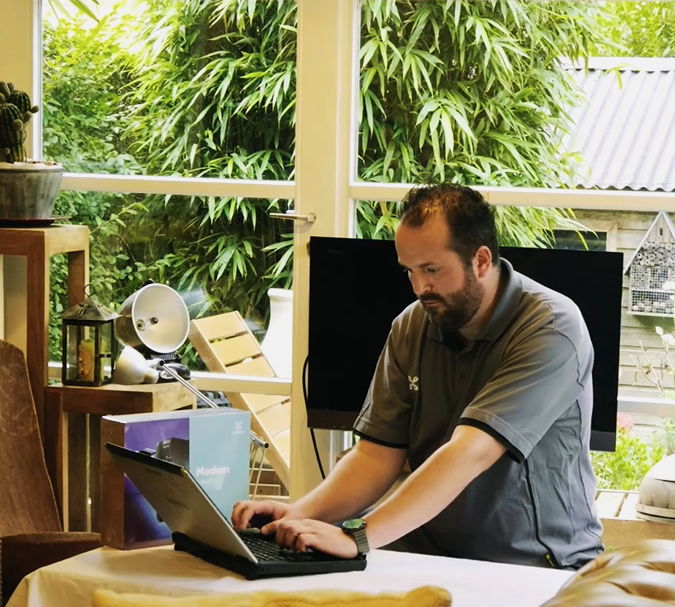Proximus, a leading telecommunications company, faces the challenge of extracting valuable insights from the feedback provided by technicians after customer visits. These technicians typically report on actions taken or problems solved, such as repairing decoders, replacing modems, or identifying technical issues like oxidation on cables or short circuits.
Crucially, technician feedback contains valuable information about problems that are suddenly arising. Detecting these anomalies early using AI can ensure that service remains optimal. Spelling errors, technical jargon, abbreviations, and the fact that texts are written in both French and Dutch, lead to a primary obstacle. The sheer volume of feedback, exceeding 15,000 texts, further complicates manual analysis.
Strategic challenge
The strategic challenge was to decipher trends and detect emerging problems from these unstructured texts, enabling Proximus to proactively address issues. This task was beyond the scope of manual analysis due to the poor quality and high volume of the data.
Approach
The project involved key steps using large language models (LLMs):
1. Utilising AI for text analysis and translation
LLMs were employed to extract relevant information from the technicians' feedback, converting these unstructured texts into a structured format in English. This process involved identifying specific actions mentioned in the feedback.
2. Clustering analysis for structured insight
The structured texts were subjected to clustering analysis, grouping similar actions together. LLMs then identified the central theme in each cluster, categorising the technical feedback into specific topics.
3. Trend analysis and anomaly detection
With the feedback organised into clusters, it became possible to track changes over time. This analysis identified problems with increasing trends, highlighting areas needing further examination.
Results
The integration of AI in analysing technician feedback led to several advancements:
-
Enhanced data structuring: The conversion of unstructured, bilingual texts into a structured, standardised format in English.
-
Clarity in trend analysis: The clustering analysis provided clear insights into recurring issues and emerging trends.
-
Proactive problem-solving: This system enables Proximus to anticipate and address problems more effectively, potentially reducing future customer service issues.
Conclusion
The application of AI and LLMs in processing technician feedback marks a significant leap forward for Proximus in understanding and improving its field services. Despite the small scale of the project, it demonstrates how AI can extract valuable insights from even the most unstructured data, setting a precedent for similar applications in various industries.









